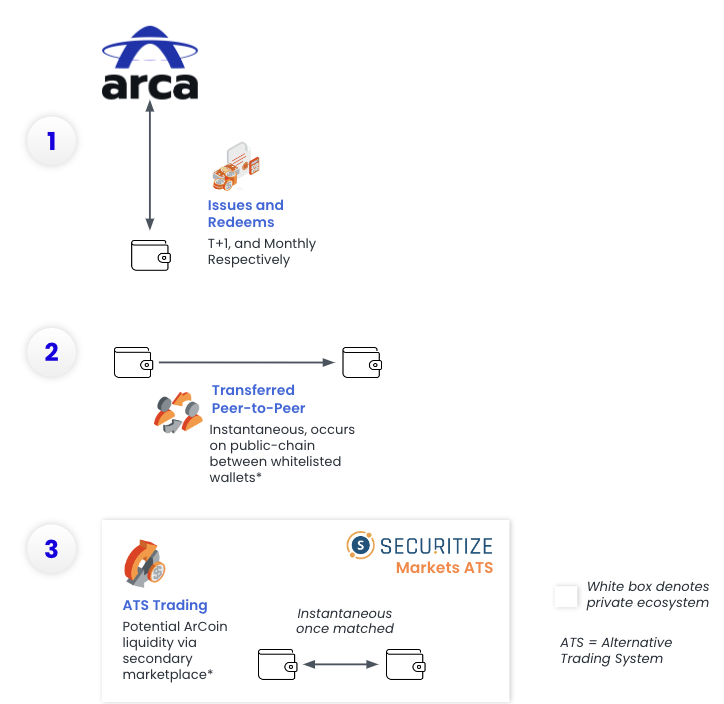Research Summary
This report examines the value proposition of Ethereum’s native token, ether, from an investment perspective. It discusses the factors influencing Ethereum’s value, including network usage, supply and demand dynamics, and regulatory risks. The report also explores ether’s potential as an emerging form of money, its unique utility through smart contracts, and its role in the convergence of the Ethereum ecosystem with real-world assets.
Key Takeaways
Ethereum’s Value Proposition
- Network Usage and Value Accrual: Increased usage of the Ethereum network can lead to value accrual to ether, benefiting token holders. However, high transfer fees and fee volatility limit its adoption for payment use cases.
- Emerging Form of Money: Ether can be considered an emerging form of money, similar to bitcoin, but it may face more challenges in becoming widely accepted due to factors such as scarcity and track record.
- Unique Utility through Smart Contracts: Ethereum’s ability to facilitate complex transactions through smart contracts gives it a unique utility that should be considered when evaluating its value.
Convergence with Real-World Assets
- Integration with Traditional Finance: Notable integrations with the physical world and traditional finance sector have already taken place, indicating the beginning of the convergence of the Ethereum ecosystem and real-world assets.
- Regulatory Risks: Regulatory risk is a significant obstacle that Ethereum may face in the near-term, as guidelines provided to validators and investors in the U.S. could greatly affect valuations and network health.
Ether’s Supply Dynamics
- Issuance and Burn: Ether’s total supply is determined by two variables: issuance and burn. Issuance is tied to the number of active validators and their performance, while burn is determined by demand for block space.
- Future Upgrades: Future upgrades to the supply schedule of ether, such as EIP-1559 and MEV Burn, are uncertain but indicate a change in how burn affects supply.
Role of Validators
- Proof-of-Stake Consensus Mechanism: Ether provides yield through the proof-of-stake consensus mechanism, where validators stake their assets to validate network transactions and are financially rewarded for doing so.
- Validator Duties and Rewards: Validator duties and rewards include attestations, block proposals, MEV extraction, tips, and on-chain activity. Rewards for validators are paid directly from the protocol through minting new ether.
Actionable Insights
- Understanding Ether’s Value Proposition: Investors should consider the unique utility of Ethereum, including its ability to facilitate complex transactions through smart contracts, when evaluating its value proposition.
- Monitoring Regulatory Developments: Given the significant impact of regulatory guidelines on Ethereum’s valuation and network health, investors should closely monitor regulatory developments in the U.S. and other key markets.
- Assessing Network Usage and Supply Dynamics: Investors should assess the impact of network usage and supply dynamics, including issuance and burn, on the value of ether.












